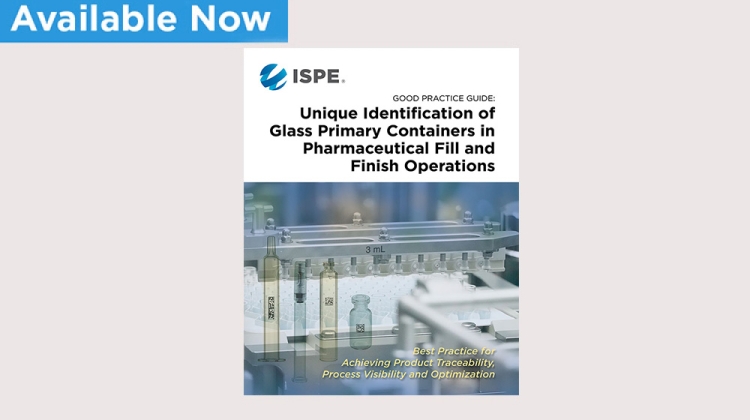Traditionally, when drug manufacturers find a problem in a specific batch of glass containers filled with a parenteral drug product, e.g., a product identified as non-sterile, they segregate the batch. This is a time-consuming process. Based on company risk aversion and the specific product involved, they might discard an entire batch of product, or they can employ various criteria to discard only a specific subset.
This might result in the unnecessary disposal of potentially unaffected products, leading to decreased revenues and potential risk of drug shortages. Conversely, it might put companies and consumers at risk, if subpar products are not properly identified and removed from market distribution. With no good way to track containers of products at an individual level through all stages of the manufacturing process, that information can’t guide quality-control decisions.
Current serialization and traceability requirements from regulatory agencies require tracing products from point-of-sale packaging, e.g., with serial number, batch number, and expiration date, but not information from earlier in the drug production process. Not surprisingly, regulatory agencies have been encouraging increased traceability of pharmaceutical products, to ensure better product safety. Notably, the techniques most often employed to achieve these traceability requirements have reached their technical limitations, underscoring the need for new approaches.
Primary container serialization via uniquely coded individual glass containers provides a different approach to these issues. Such systems allow a single container, e.g., a single vial, cartridge, syringe, or bottle, to be tracked through every manufacturing stage, from glass manufacturing to automated visual inspection (AVI) and packing. If desired, this information can be linked to distribution information, allowing tracing or tracking of a single container through its initial production steps all the way to delivery to a client.
Until recently, no such systems were employed in the industry. However, different container traceability products have entered the pharmaceutical market in the past several years and a few pharmaceutical manufacturers are beginning to utilize such an approach.
In 2019, a small working group of stakeholders in pharmaceutical companies, primary glass container manufacturers, and filling and visual inspection equipment providers formed a working group focused on primary container traceability, resulting in an ISPE discussion paper on the subject, titled “Unique Identification on Primary Containers to Drive Product Traceability & Quality.”
As the topic was important for the whole injectable medicine market, ISPE decided to sponsor the formation of a new, much larger, international working group of area experts. The team, composed of 55 members drawn from the complete stakeholder landscape, worked to compile a good practice guide on parenteral container traceability.
Published in May of 2024, the ISPE Good Practice Guide: Unique Identification of Glass Primary Containers in Pharmaceutical Fill and Finish Operations, provides insights and context for pharmaceutical industry professionals considering changing to a unique container code approach to manufacturing.
The new ISPE guide provides information and perspectives on glass primary containers made from both tubular or molded glass designed for liquid or lyophilized drug products, providing considerations for the different container types, e.g., syringes versus cartridges or vials.
The guide addresses a variety of issues related to regulatory constraints, performance requirements, and selection of unique container identifier (or CUID) types, which may be best applied with specific products. Thus, it discusses CUIDs via a 2D barcode (also known as the Data Matrix Code, DMC), as well as radio-frequency transponders (also known as RFID tags).
The ISPE guide also provides considerations for implementation, traceability, and data management at various stages of the manufacturing process, as well as aspects to consider when validating the process.
Tod Urquhart is the founder and CEO of Eagas, an industry expert in the area, an active member of ISPE, and one of leaders of the ISPE working group who produced the guide. He noted that the industry was initially skeptical about whether a unique container identifier approach would be technically feasible, e.g., whether a 2D barcode on a container might interfere with visual inspection assessments for particles. He shared that the guide successfully addresses these and related concerns.
Urquhart also pointed out that in addition to providing better information about which specific products might need to be removed if a problem arises, the approach can help determine root causes and drive continual product improvement. He noted that, effectively, traceability delivers a “unit batch report” or “batch report of one.”
Additionally, uniquely identified glass containers may help manufacturers move closer to a continuous manufacturing model, a hot topic in the industry. Urquhart added, “Better information and traceability is also the foundation for continuous manufacturing and real time release.”
Review and purchase the ISPE Guide.





